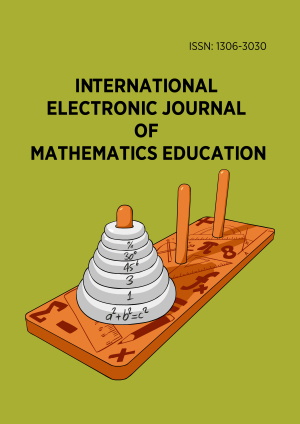Abstract
The study explored learners’ experiences with the mobile learning technology-based instruction module (MLTBIM) in learning Functions and related concepts. A sample of thirty-nine participants was purposefully drawn from the Grade 10 Mathematics classes in a selected historically disadvantaged rural senior secondary school. Adopting a case study research design, an attitude test was used in the collection of data. Microsoft Excel was used in presenting and analysing the data. The first finding of the study was that most respondents viewed the Mobile Learning Technology-Based application as very useful in the teaching and learning of Functions and related concepts. Secondly, most respondents upheld the view that Mobile Learning Technology-Based Instruction (MLTBI) was an effective method to learn Mathematics. Lastly, most of the respondents advocated that the application used in MLTBI enhanced their conceptual understanding of linear, quadratic and exponential functions. To conclude, the participants were convinced that cell phone devices and the Math4Mobile software were very useful and effective in the teaching and learning of Functions and related concepts regardless of the fact that there were some shortcomings involved.
License
This is an open access article distributed under the Creative Commons Attribution License which permits unrestricted use, distribution, and reproduction in any medium, provided the original work is properly cited.
Article Type: Research Article
INT ELECT J MATH ED, Volume 12, Issue 3, October 2017, 845-858
https://doi.org/10.29333/iejme/652
Publication date: 11 Dec 2017
Article Views: 5893
Article Downloads: 5207
Open Access References How to cite this article
 Full Text (PDF)
Full Text (PDF)